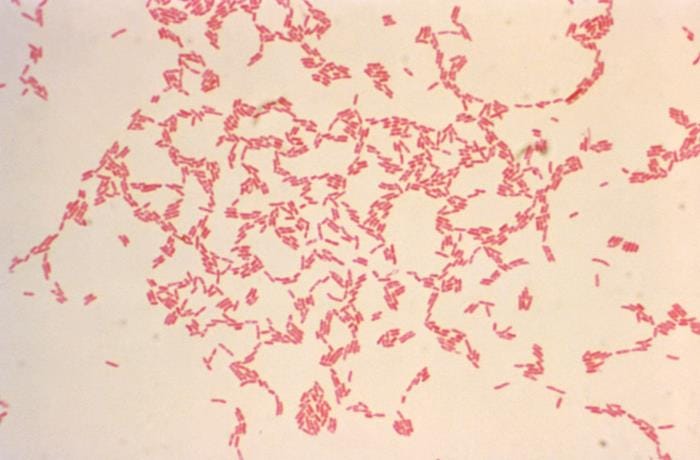In a follow-up on the melioidosis outbreak in Taiwan, the country’s Centers for Disease Control and Prevention (CDC) reported 17 new cases of indigenous melioidosis in the country last week-12 in Kaohsiung City, 2 each in Tainan City and Pingtung County, and 1 in Taichung City.
The number of new local cases last week was a decrease from the 19 new cases in the previous week. However, it is expected that cases will still appear until the end of August.
According to the data, there have been a total of 54 confirmed cases of indigenous melioidosis in Taiwan this year (2024), the highest number since the same period in 2006. The majority, 47 of them, were confirmed cases after Typhoon Kemi, and their residences were distributed as follows: 35 cases in Kaohsiung City, 6 cases in Tainan City, 3 cases in Taichung City, 2 cases in Pingtung County, and 1 case in Chiayi County, including seven fatalities.
Melioidosis, also known as Whitmore’s disease, is an uncommon bacterial infection caused by Burkholderia pseudomallei. The disease affects humans and animals. Individuals acquire the bacteria through direct contact with contaminated soil and surface waters.
Individuals with underlying diseases, such as diabetes mellitus, kidney or liver disease, chronic lung disease, thalassemia (a form of anemia), cancer or another immune-compromising condition, are at higher risk for developing the infection.
The bacteria can infect the skin or lungs or can spread throughout the body. The symptoms that a person might develop depend on the location of infection. Some people might not develop any symptoms. Localized infections, such as skin wounds, are characterized by pain or swelling at a particular site, fever, ulceration, or abscess. Symptoms of lung infection include cough, chest pain, fever, headache, or decreased appetite. If the bacteria enter the blood, symptoms include fever, headache, respiratory difficulties, abdominal pain or discomfort, joint pain, or disorientation. If the bacteria spread throughout the body (disseminated infection), symptoms include fever, weight loss, stomach or chest pain, muscle or joint pain, headache, and seizures.
The CDC emphasizes that the melioidosis epidemic peaks after a typhoon, and people should take personal protective measures to avoid direct contact with skin and wounds or inhalation of contaminated dust, soil, and sewage to reduce the chance of infection. If suspected symptoms occur, especially in high-risk groups, they should seek medical treatment as soon as possible and inform them of their exposure history to sewage and sludge, so as to obtain early diagnosis and appropriate treatment.
Melioidosis can be treated with long courses of antibiotics. Relapses can occur in some patients, especially those who do not complete a full course of the recommended therapy.





